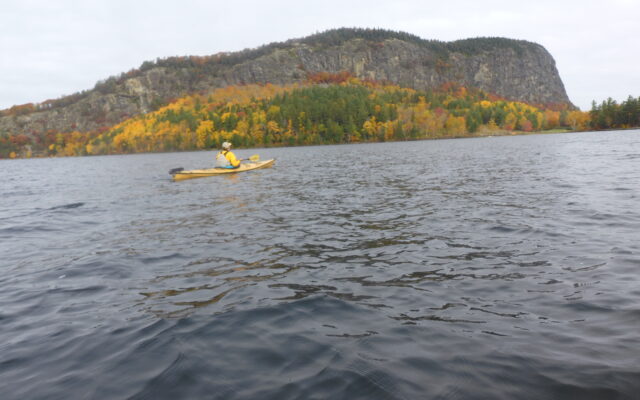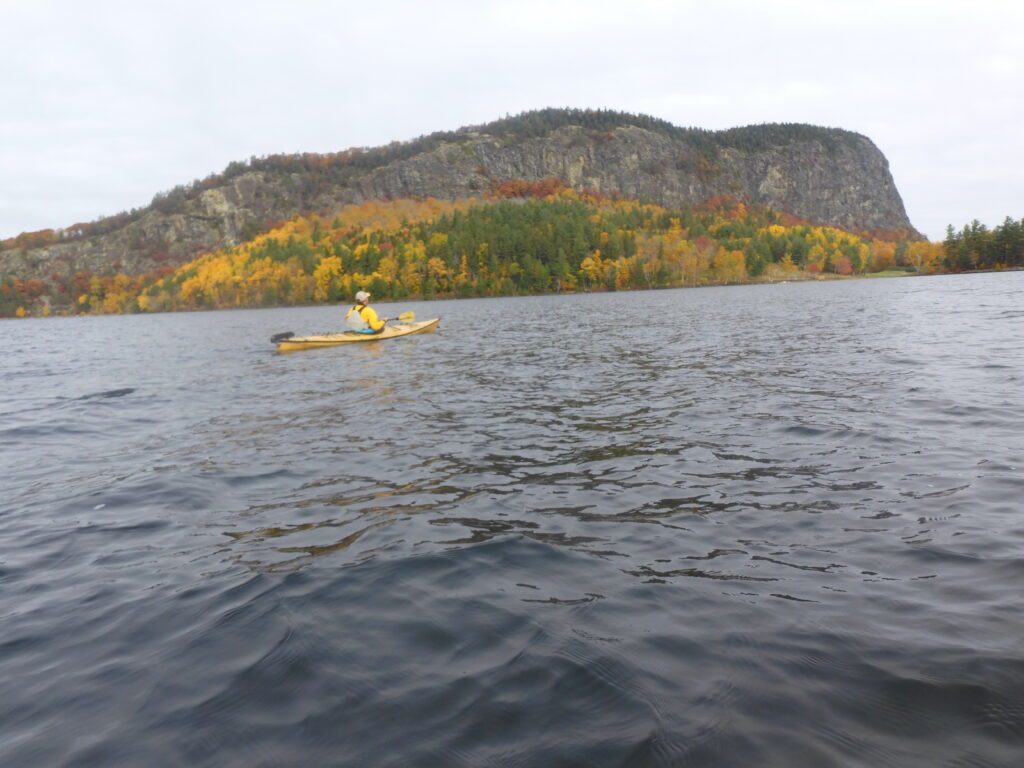
Maine’s lakes contribute $14.1 billion to economy, study finds
By Julie Harris, Bangor Daily News Staff
The economic value of Maine’s lakes to the state economy has more than doubled in 25 years, according to a University of Maine study being released in June.
A similar study conducted by the Water Research Institute of the University of Maine in 1997 concluded that the net economic value of the state’s lakes amounted to $6.7 billion annually. The new UMaine study, supported by the Senator George J. Mitchell Center for Sustainability Solutions, pegs the value at $14.1 billion a year.
The University of Maine, the Department of Environmental Protection and Maine Lakes collaborated to update the 1997 study in light of issues such as climate change, invasive species, housing demands and changes in recreational interest that have occurred over the last 25 years. The study is meant to help decision-makers and lake managers understand the role of the state’s lakes and ponds in the Maine economy.

MOOSEHEAD PADDLE — A kayaker crosses Moosehead Lake toward Mount Kineo.
“We will definitely be using the economic data as we move ahead with future legislation,” said Susan Gallo, executive director of Maine Lakes. “The numbers are already being put in grant reports and requests to towns for funding to illustrate that we are not just protecting water. When we keep lakes clean, we are protecting our economy.”
The 1997 study only looked at 36 lakes, while the 2023 effort included 150, extending the geographic reach into Aroostook County. Both studies were used to draw conclusions about all of Maine’s lakes. A total of 768 people participated in the 2023 survey. The study also included data on water clarity obtained through the Maine Volunteer Lake Monitoring Program.
Researchers looked at lakefront properties, recreation for day trips, water consumption, youth camps and how Maine residents use lakes.
They found the top three barriers to more people enjoying Maine’s lakes are travel cost, lack of public access and personal health, and that the most under-served groups are people with disabilities, seniors and people living in urban areas.
Water quality also affects people’s use of the lakes. Those surveyed ranked Maine’s lakes an 8 — meaning they’re safe for swimming — on a 1-10 scale in which 10 is the best. Scientists found that a drop of 2 points on the scale would mean an annual loss of $33 million to Maine’s economy.
Researchers identified trash, forever chemicals such as perfluoroalkyl or polyfluoroalkyl substances known as PFAS and algae/green scum/milfoil as the biggest threats to lake water quality.
The most visited among survey participants was Sebago at 22 percent of all lake visits, with an annual economic value of $31 million, followed by Moosehead at 13 percent and a contribution of $13 million.
Those involved with the study included Jianheng Zhao, Adam Daigneault, Keith S. Evans and student Melissa Genoter from the University of Maine; Susan Gallo of Maine Lakes; and Linda Bacon of the Maine Department of Environmental Protection.
Genoter said she would like to see the study expanded to include less tangible variables such as lakes’ “existence value,” defined as natural beauty, habitat for wildlife and food for people. She also pointed out that the study did not touch much on winter use.
Genoter and Daigneault will present the project’s findings for the first time at the Maine Lakes and Lake Stewards of Maine Lake Conference 2024 on June 21 at the University of Maine at Farmington.